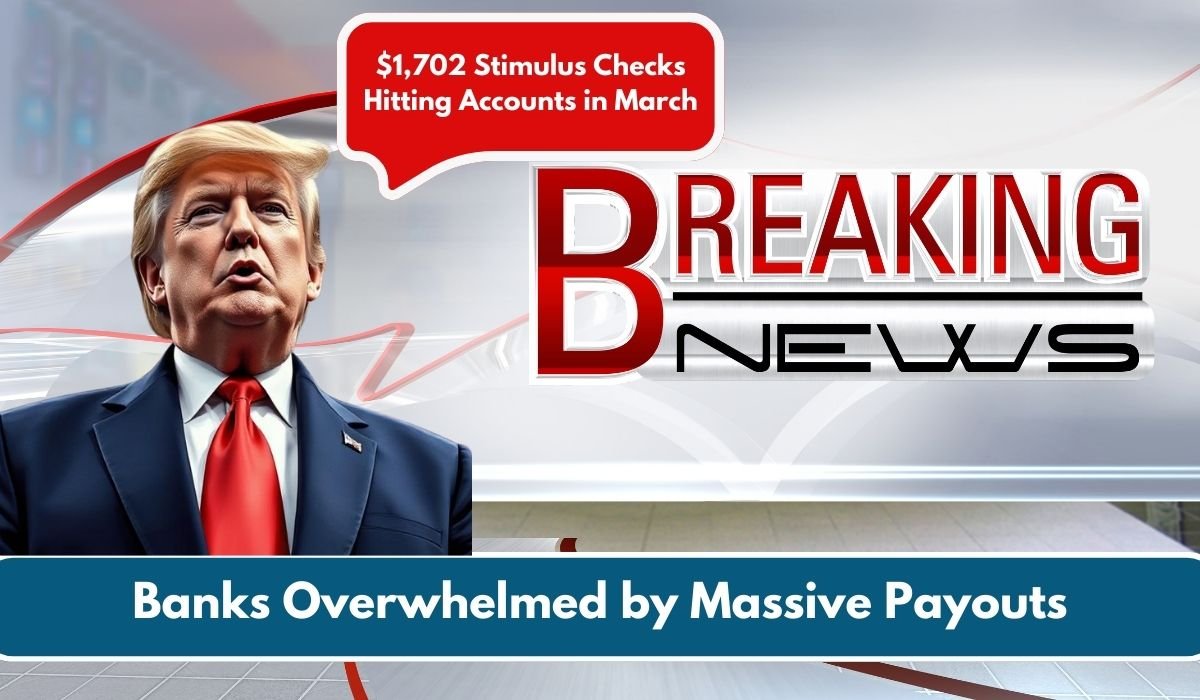Hey there! So, you’ve probably heard the buzz about the $1,702 stimulus checks rolling out this March. Let’s dive into what these payments are all about, who’s eligible, and how they’re impacting banks.
What’s the Deal with the $1,702 Checks?
These payments are part of Alaska’s Permanent Fund Dividend (PFD) program. Each year, the state shares a portion of its oil revenues with residents, and this year’s payout is $1,702 per person.
Who’s Eligible for the PFD?
To receive this payment, you need to meet the following requirements:
- Live in Alaska: You must have been a resident for all of 2024 and plan to stay indefinitely.
- Stay Put: You shouldn’t have been away from Alaska for more than 180 days unless it was for things like military service, education, or medical reasons.
- Keep Your Record Clean: No felony convictions in the past year.
- Apply on Time: The application window is from January 1 to March 31, 2025.
When Are the Payments Coming?
If you applied between February 12 and March 12, you should see the money in your account by March 20. Those who applied later will get their payments in subsequent batches.
Banks Feeling the Heat
With thousands of Alaskans receiving these payments simultaneously, banks are experiencing a surge in transactions. This influx can lead to processing delays and increased customer service inquiries. While banks are equipped to handle large volumes, the sheer number of transactions during PFD distribution can be overwhelming.
How Are Alaskans Using Their PFD?
People use their PFD checks in various ways:
- Daily Expenses: Many cover essentials like rent, utilities, and groceries.
- Savings: Some stash it away for future needs or emergencies.
- Big Purchases: Others might invest in appliances, vehicles, or home improvements.
A Quick Look Back
The PFD amount changes yearly based on oil revenues and state decisions. Here’s a snapshot of recent payouts:
| Year | PFD Amount |
|---|---|
| 2022 | $3,284 |
| 2023 | $1,312 |
| 2024 | $1,702 |
These fluctuations show how dependent the PFD is on oil market dynamics and state budget choices.
In Conclusion
The $1,702 PFD payments are a significant boost for many Alaskans, helping with various financial needs. However, the simultaneous distribution poses challenges for banks managing the increased transaction load. As these payments continue, both residents and financial institutions adapt to the annual financial whirlwind that is the PFD.
FAQs
Do I need to pay taxes on my PFD?
Yes, the PFD is considered taxable income by the IRS. You’ll need to report it on your federal tax return.
Can I still apply for this year’s PFD?
Applications are open until March 31, 2025. If you haven’t applied yet, make sure to do so before the deadline.
What if I was out of Alaska for more than 180 days?
Extended absences can affect your eligibility unless they were for approved reasons like military service, education, or medical treatment.
How will I receive my PFD payment?
If you opted for direct deposit, it’ll go straight into your bank account. Otherwise, you’ll get a physical check in the mail.
Why do PFD amounts change each year?
The PFD is tied to Alaska’s oil revenues, which can fluctuate based on market conditions and state budget decisions.




